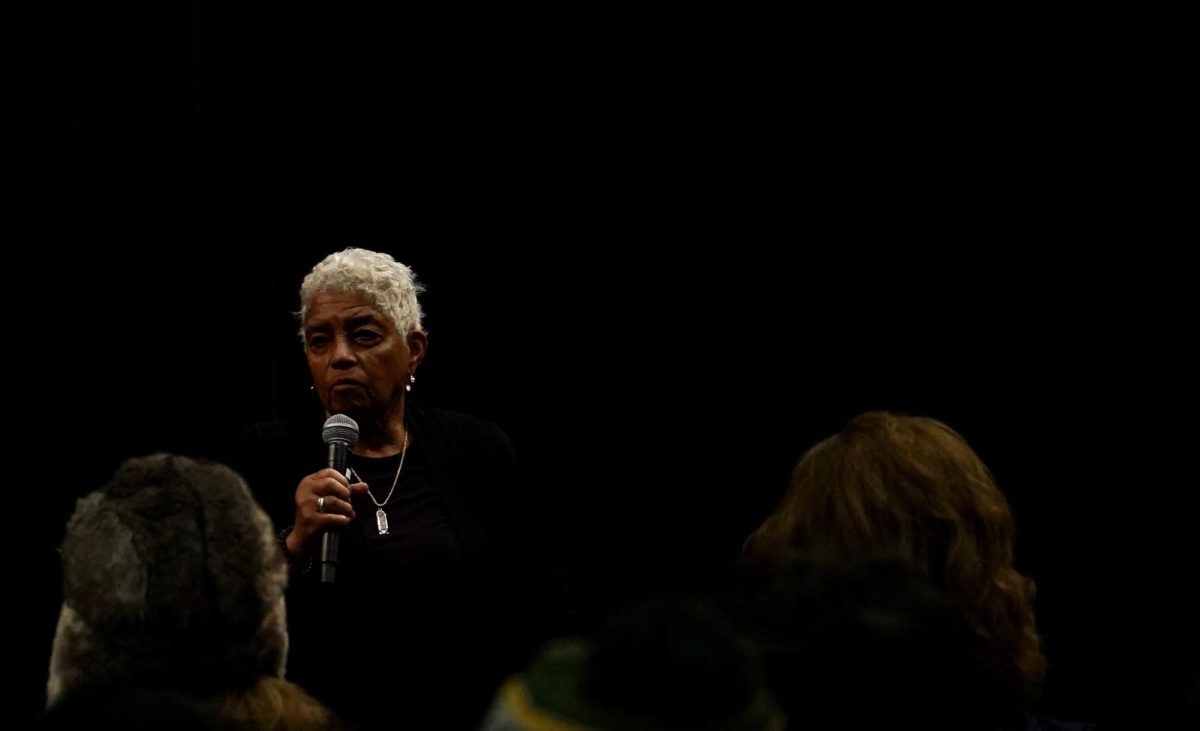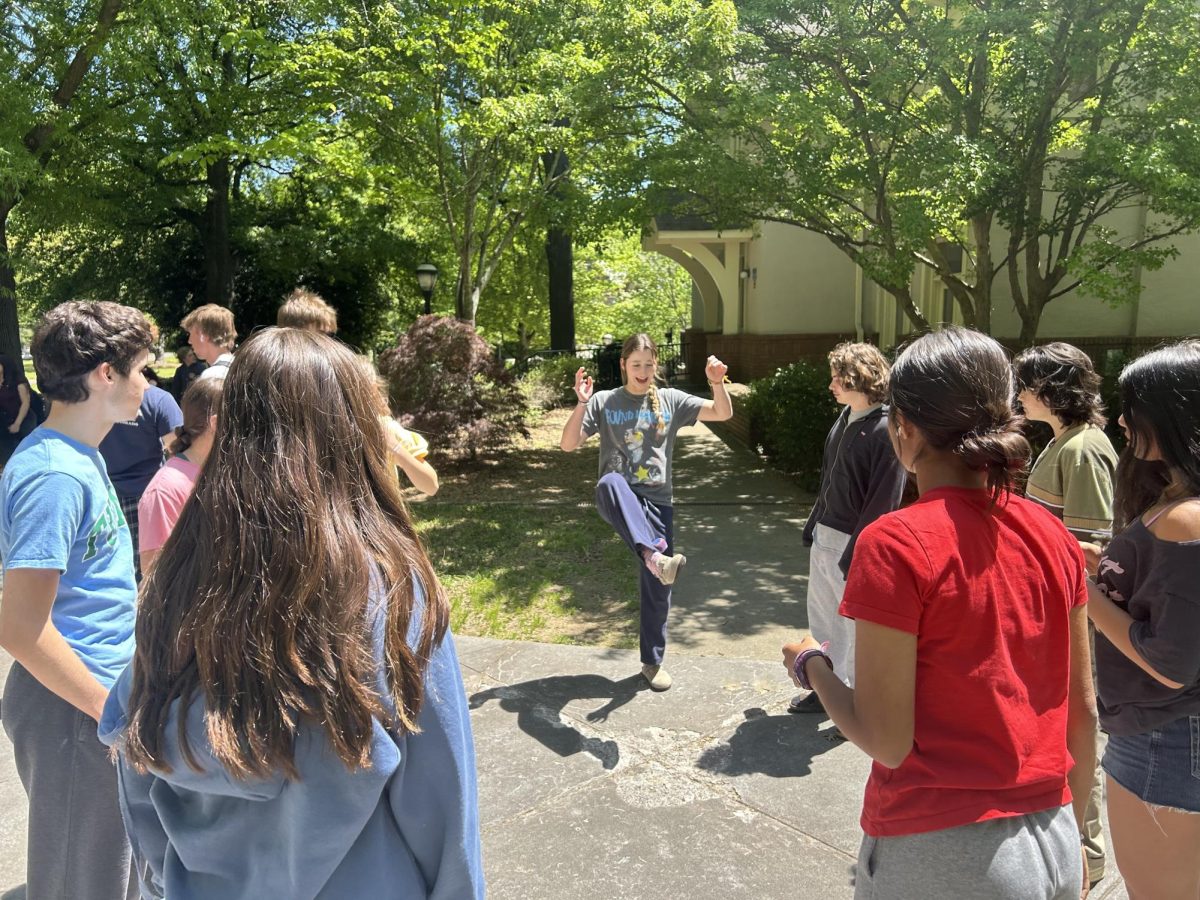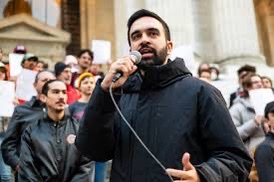A new generation of voters is emerging, and presidential campaign teams are dealing with it in the way the youth know best: social media.
With platforms like TikTok, Instagram and Twitter dominating the digital sphere, candidates and political organizations are increasingly leveraging these channels to engage the youth, fundamentally altering how young people interact with the electoral process.
In recent years, social media has become a primary source of news and information for many young voters, with studies indicating that approximately 70 percent of individuals aged 18-29 turn to social media for political content. This shift has prompted campaigns to invest heavily in targeted social media strategies, focusing on creating relatable and shareable content that resonates with younger audiences.
Political marketing on platforms like TikTok often involves influencers and viral challenges that encourage participation in political discussions and activism. For instance, in the lead-up to the 2020 election, viral campaigns such as “TikTok for Biden” successfully harnessed the platform’s algorithm to reach millions of users, significantly increasing voter registration and turnout among young voters.
Social media not only serves as a platform for candidates to share their messages but also fosters a culture of civic engagement among young people. Campaigns that prioritize authenticity and transparency tend to resonate more with this demographic. Young voters are increasingly motivated by issues such as climate change, social justice and economic inequality— topics that are frequently amplified on social media.
The influence of social media has also prompted a shift in how political messages are crafted.
Candidates now often adopt a more casual, conversational tone, recognizing that traditional political rhetoric may not engage younger audiences. Memes, short videos, and interactive content have become essential tools for drawing attention and sparking discussions.
However, the rise of social media marketing in politics is not without its challenges. Misinformation and the spread of misleading content can easily occur in the fast-paced digital landscape. Campaigns must navigate this minefield while also competing with a plethora of voices, making it essential for them to establish credibility and trustworthiness.
Despite these challenges, the opportunities presented by social media are significant. With innovative strategies, campaigns can engage and mobilize young voters in ways that traditional methods cannot. Interactive polls, live Q&A sessions and behind-the-scenes content can create a sense of community and involvement that encourages young people to participate in the democratic process.















